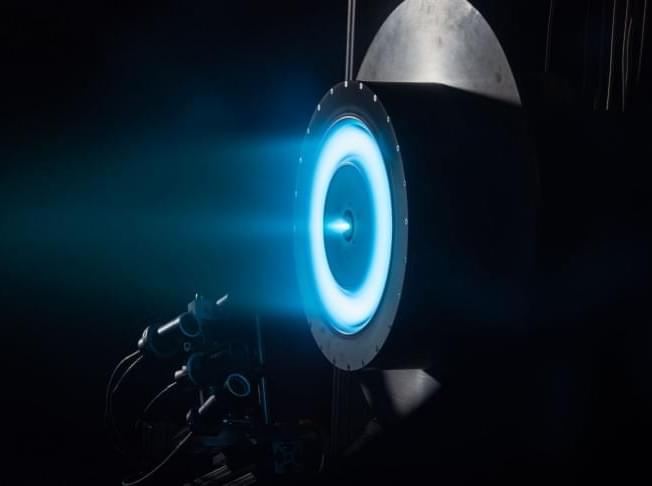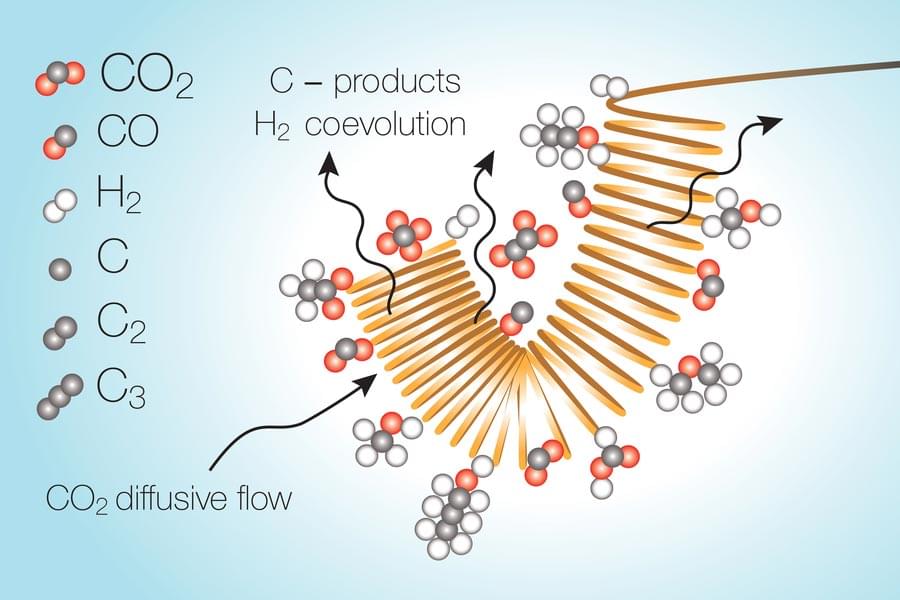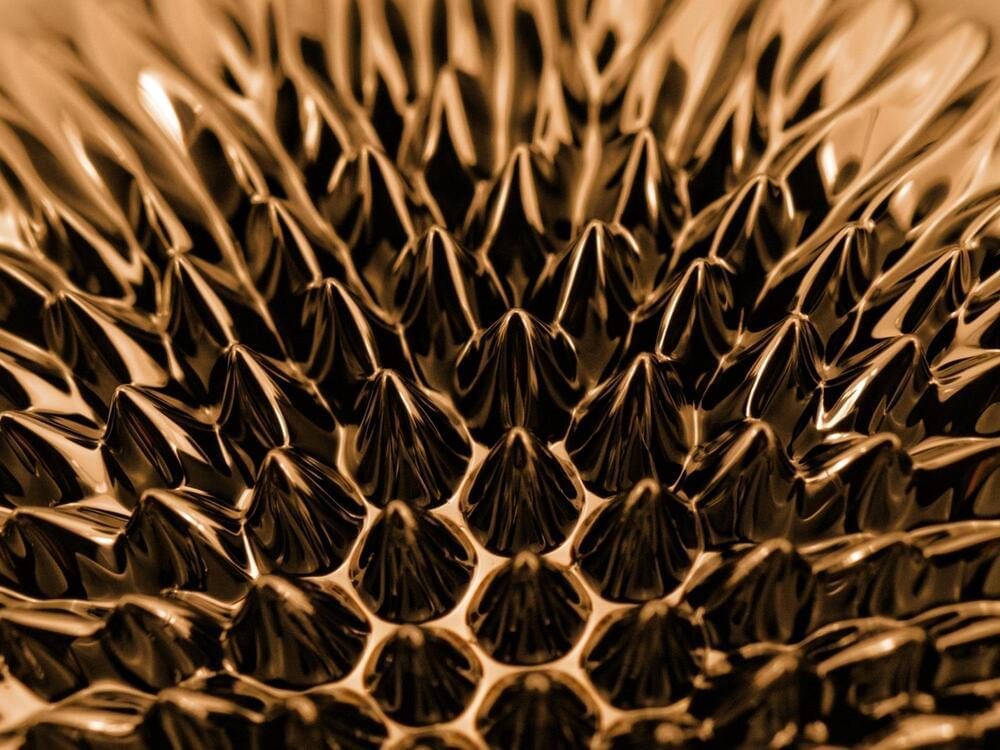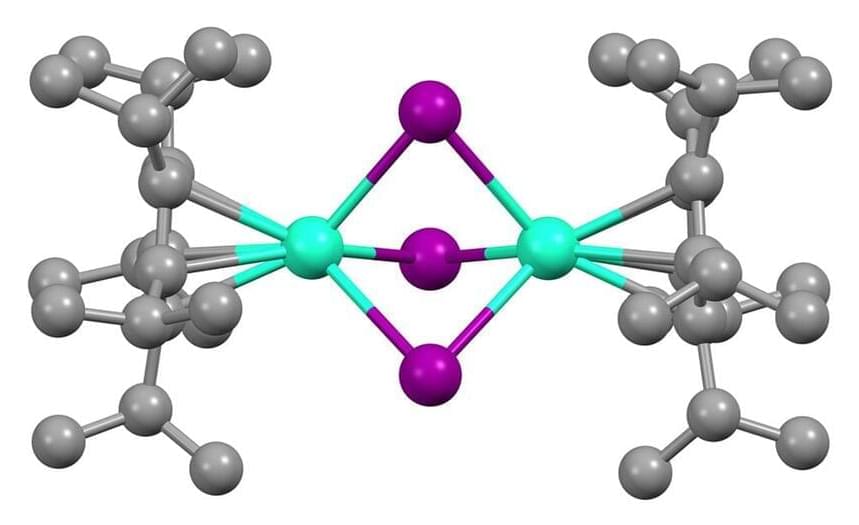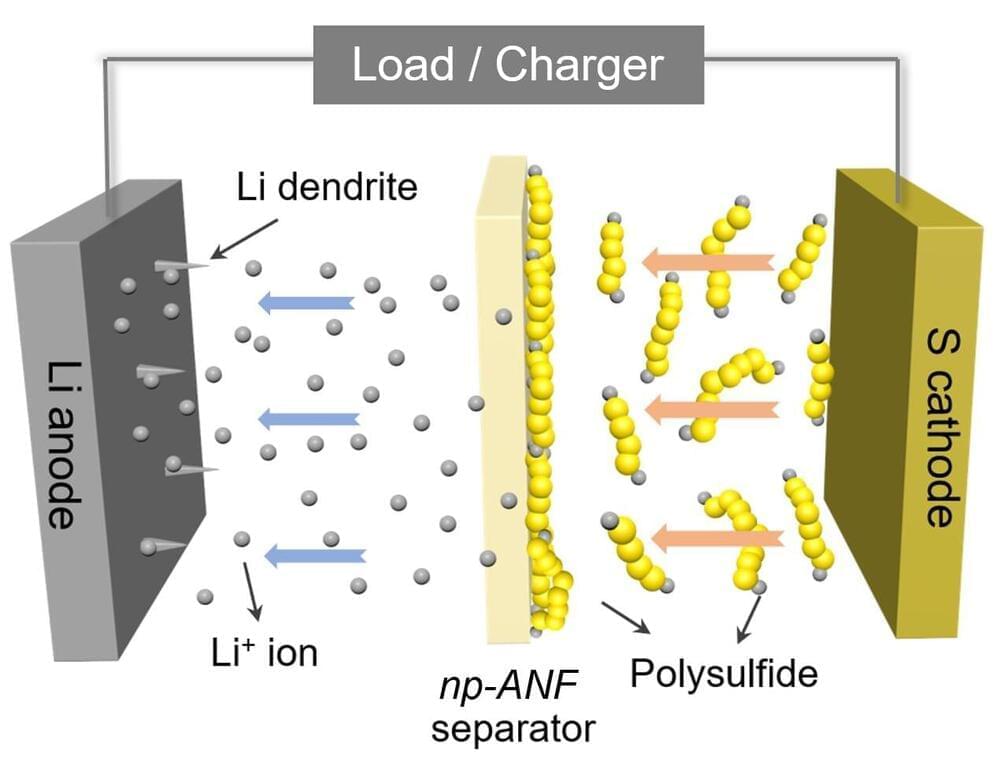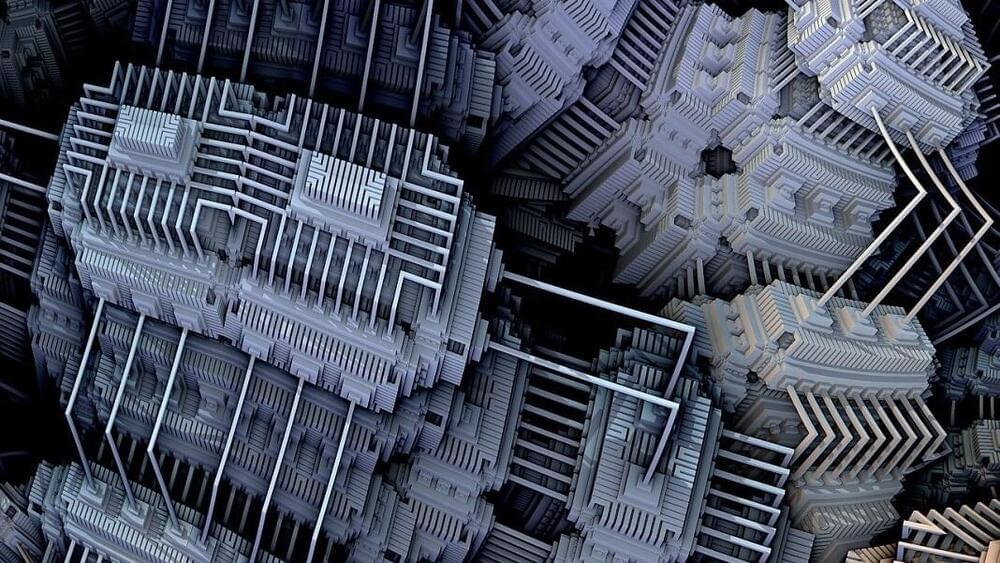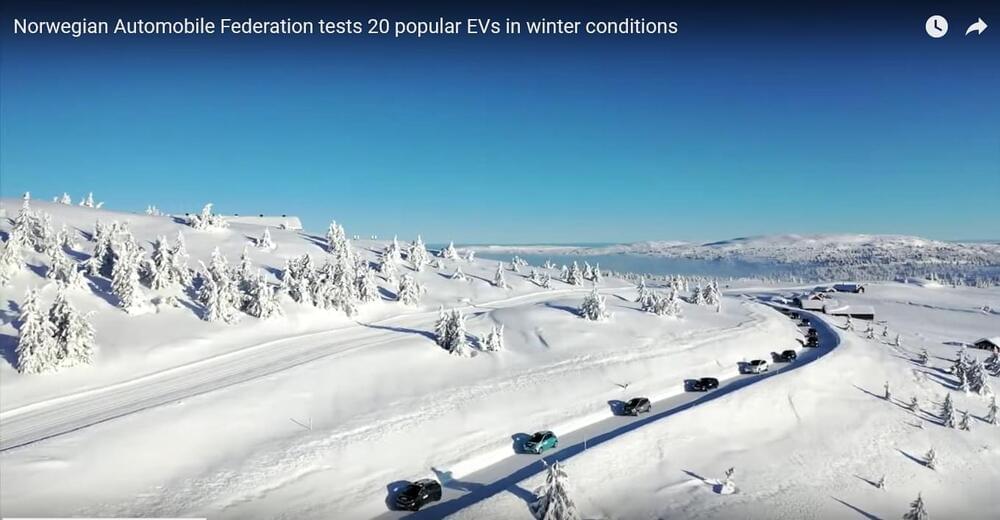Jan 18, 2022
China’s New Space Station Will Be Powered by Ion Propulsion System
Posted by Quinn Sena in categories: chemistry, energy, space
Such thrusters have been used since the 1970s; however, the Tiangong’s core module is set to become the first crewed spaceship propelled by ion drives. China is betting big on ion thrusters and intends to develop them on a far greater scale for its deep-space missions.
The space station’s core Tianhe module, which will welcome its first astronauts later this month if all goes to plan, is propelled by four ion thrusters, which utilize electricity to accelerate ions as a type of propulsion.
When compared to chemical propulsion, which keeps the International Space Station (ISS) in orbit, ion drives are much more efficient. According to the Chinese Academy of Sciences, the ISS’s thrusters require four tons of rocket fuel to keep it afloat for a year, whereas ion thrusters would require only 882 pounds (400kg) to do the same.
